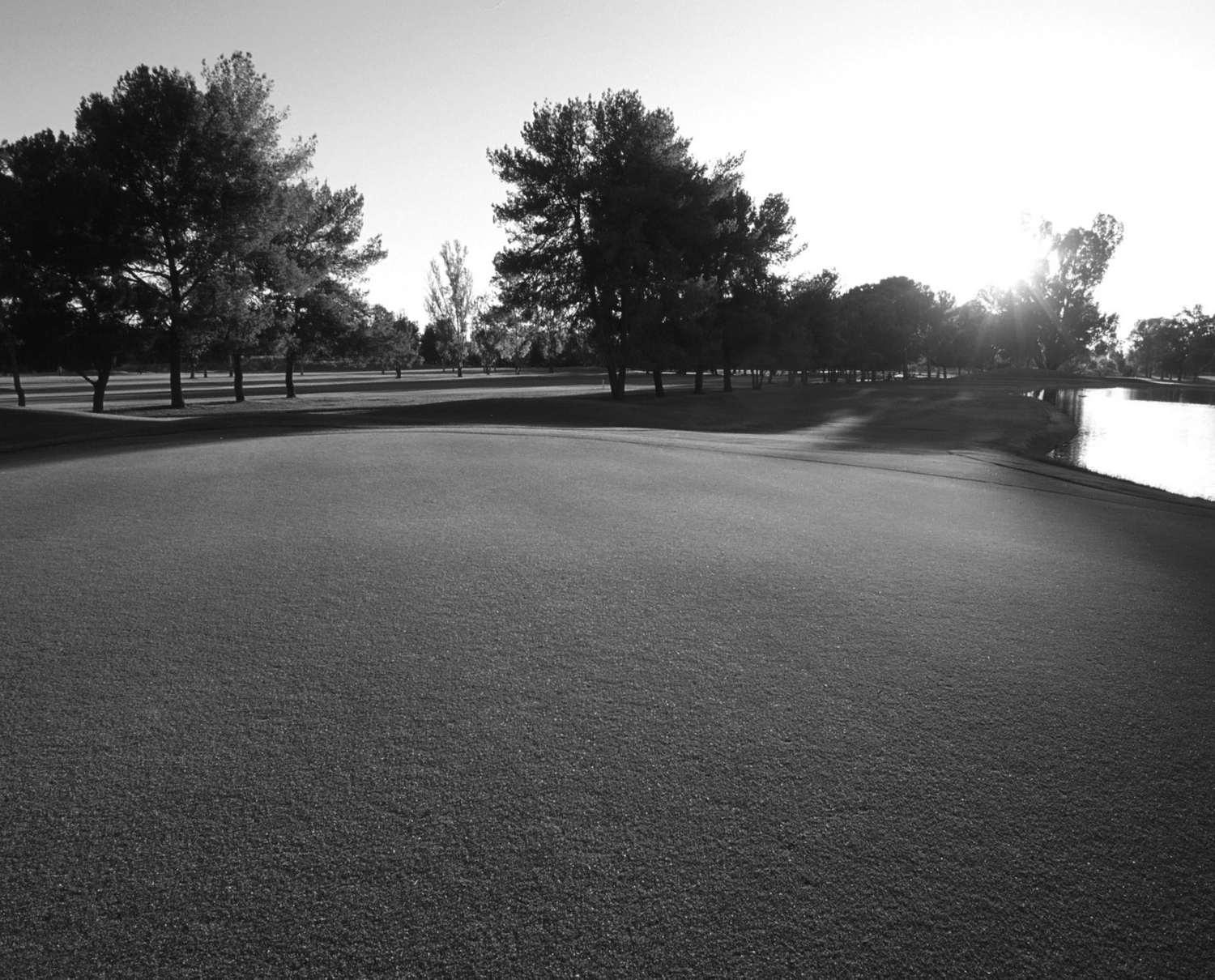
Alternatives Solutions (a future without fungicides)
The Effects of Traffic on Turf During Frost and Freezing Conditions
Backpack Sprayer Modification and Calibration
Weed Management: Pacific Northwest Pest Management Handbooks
Insects: Pacific Northwest Pest Management Handbooks
Managing Microdochium Patch in Pacific Northwest Turfgrass
Irrigation Rates and Frequencies for Western and Eastern Oregon Turfgrass
Fungicide Rotation Program for Microdochium Patch
Anthracnose Control in the Pacific Northwest
Microdochium patch management without fungicides
Microdochium patch control alternatives
Ethofumesate-resistant annual bluegrass (Poa annua) in grass seed production systems
Comparing Methods to Quantify Cover in Turfgrass Research
Using survey results to direct future extension efforts in annual bluegrass management
High soil carbon sequestration rates persist several decades in turfgrass systems: a meta-analysis
Carbon Sequestration in Turfgrass–Soil Systems
Advances in managing organic matter in turfgrass ecosystems
Irrigation Frequen Optimal Fine Fescue Mixture Seeding Dates in the Northern United States
Effects of Nitrogen, Phosphorus and Potassium Rates on Microdochium Patch
Estimating economic minimums of mowing, fertilizing, and irrigating turfgrass
A justification for continued management of turfgrass during economic contraction
Suppression of Microdochium patch using rotations of mineral oil, sulfur, and phosphorous acid
Frequent soil surfactant applications influence anthracnose on an annual bluegrass research green.
Winter Foot Traffic on an Annual Bluegrass Putting Green in Western Oregon
Effects of Fungicides on Leaf Spot in Western Oregon, 2016.
Effect of fungicides applied at reduced rates on Microdochium patch in western Oregon, 2017.
2022 OSU Winter Field Day Video
2021 OSU Winter Field Day Videos
2020 OSU Turf Field Day Videos
Turfgrass Hotline with Clint Mattox: Pacific NW Update
Update on what's new in Microdochium patch control
OSU Partnership with Trysting Tree Golf Club in Corvallis, OR
Clint Mattox Discusses Microdochium Patch Mangement with Frank Rossi
Fall 2016 Fungicide Alternative Update – OSU
The Long Game - reducing pesticides on golf courses
Fine Fescue as a Putting Surface (GCSAA TV)
Professional and Continuing Education Turfgrass Management Program
Whether you work for a lawn care company, manage an athletic field, landscape at a city park, work at a golf course or just want the best lawn on your block, our turfgrass management program can help you succeed. This program is also great for anyone interested in a profession that deals with lawn care. If you work for a hardware or lawn care store and field customer questions or consult with landscape architects, this course will give you the language, knowledge and skills needed to succeed.
List of Courses
- Introduction to Turfgrass Management
- Introduction to Golf Course Management
- Pesticide Applicator Education and Safety
- Irrigation and Drainage
- Turfgrass Diseases and Suppression Using Fungicides


 Representing the Golf Alliance of Oregon (GAO), Barb Trammell, CEO of the Oregon Golf Association unveiled the results of an economic impact study at Stone Creek Golf Club in Oregon City in mid-October 2010. The research study was conducted on behalf of the Golf Alliance of Oregon, a consortium of the major trade and consumer golf associations.
Representing the Golf Alliance of Oregon (GAO), Barb Trammell, CEO of the Oregon Golf Association unveiled the results of an economic impact study at Stone Creek Golf Club in Oregon City in mid-October 2010. The research study was conducted on behalf of the Golf Alliance of Oregon, a consortium of the major trade and consumer golf associations. Representing the Golf Alliance of Oregon (GAO), Barb Trammell, CEO of the Oregon Golf Association unveiled the results of an economic impact study at Stone Creek Golf Club in Oregon City in mid-October 2010. The research study was conducted on behalf of the Golf Alliance of Oregon, a consortium of the major trade and consumer golf associations.
Representing the Golf Alliance of Oregon (GAO), Barb Trammell, CEO of the Oregon Golf Association unveiled the results of an economic impact study at Stone Creek Golf Club in Oregon City in mid-October 2010. The research study was conducted on behalf of the Golf Alliance of Oregon, a consortium of the major trade and consumer golf associations. If you are having consistent problems with fairy ring and are willing to allow plots to be set up and different fungicide treatments applied, please call Brian McDonald at 541 231-1149. The ideal site would be about 2,000 square feet with uniform fairy ring symptoms throughout. The area could be a golf course fairway, rou
If you are having consistent problems with fairy ring and are willing to allow plots to be set up and different fungicide treatments applied, please call Brian McDonald at 541 231-1149. The ideal site would be about 2,000 square feet with uniform fairy ring symptoms throughout. The area could be a golf course fairway, rou